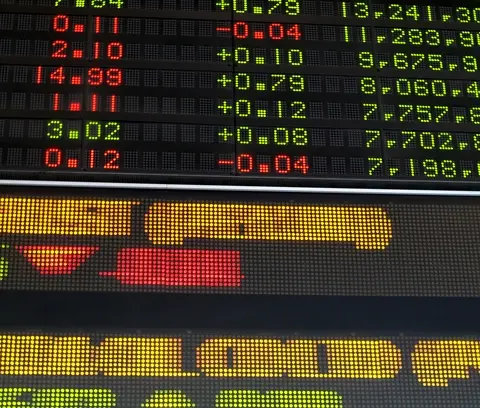
The market for oil
The oil market
Crude oil has been refined to make fuels, like petrol and diesel, lubricants, and industrial chemicals since the 1850s. Industrialisation owes its development to oil. By 2019, the world’s second, third and fourth largest companies – the Sinopec Group, Royal Dutch Shell, and China National Petroleum Corporation (CNPC), parent of PetroChina – were oil and gas producers. Six of the world’s top ten companies by revenue were oil and gas producers. (2019) Oil is an essential scarce resource, and there are still no cost effective alternatives to oil for producing vehicle fuels like petrol and diesel.
Total global revenues from oil and gas exploration and production were $3tr in 2019.
Current oil price
Source: https://oilprice.com
The demand for oil
The demand for oil has a number of important characteristics.
- Demand is increasing in the advanced, OECD economies, which make up approximately 66% of total world demand. Between 1980 and 2008, world demand increased by 40%, from 60m barrels per day to over 85m barrels. (Source: US Energy Information Administration – EIA, 2009.)
- The demand for oil is relatively inelastic with respect to price, given that oil has few direct substitutes.
- Similarly, demand for oil is relatively inelastic with respect to income in the advanced, OECD economies. However, income elasticity of demand (YED)in developing economies like China and India is likely to be higher, with estimates suggesting that YED is close to 1.
World’s major oil consumers
Major oil producers
US strategic oil reserves
The US Strategic Petroleum Reserve (SPR) is the world’s largest stock of state owned oil. It was established in 1977 as a response to the reduction in supplies from the Middle East going to the USA. The stockpile of crude oil, held in caves and surface facilities in the Gulf of Mexico, acts as an emergency stock that can be used in the event of disrupted global supplies. The current (2015) maximum capacity is assumed to be 727 million barrels, and by early 2011 capacity was nearly reached as stocks rose to their highest recorded level, at 726.5 million barrels, only to fall back to 706 million barrels by 2011, dropping further to 691 million barrels in April 2015.
(Source: US Department of Energy, 2008 – link (www.fossil.energy.gov)
Recent petrol prices
Petrol prices in the UK and around the world rose consistently between 2002 and 2008. In 2006 it went through the psychological £1-per-litre mark, and by early 2008, prices rose to over £1.30 per litre. However, prices fell back to £0.90 following the global slowdown in 2009, but rose again to over £1.40p, as world demand increased. During late 2014 prices fell back to around £115p per litre, and by January 2016 prices had fallen to just above £1.00 per litre – reflecting lower crude oil prices and increased competition on the forecourts.
Prices rose again from the 3rd quarter of 2016 – partly reflecting the weaker pound following the Brexit referendum result in June 2016. Rising fuel prices were largely responsible for upward pressure on the inflation rate in the second half of 2016. By the second quarter of 2018 pump prices had risen to just under 125p per litre, reflecting higher global oil prices. The strength of oil prices followed falling Venezuelan production, combined with strong global demand, and concerns over the impact of U.S. sanctions on Iran*.
* According to CNN reports.
Rising petrol prices reflect increases in crude oil prices. The main factors contributing to the general rise in crude oil prices over recent years are:
- Rising world demand, especially from China
- Cost shocks, such as the War in Iraq and hurricane Katrina (2005)
The effects of the global downturn
However, during 2008 the price of a barrel of oil fell back from its record high. This was the result of the downturn in world demand for oil, especially from China, as the global recession began to spread.

Oil prices and petrol pump prices
An increase or decrease in crude oil prices may not affect prices at the petrol pumps. There are a few reasons for this:
- There may already be existing stocks of petrol at the old prices.
- The cost of refined petroleum represents only around 22% of the retail price of petrol. (Source: UK Petrol Industry Association, 2009)
- In many countries, the retail market has become increasingly competitive in recent years. This is certainly true in the UK, with the entry of the large supermarket chains, such as Tesco and Sainsbury, into petrol retailing in the early 1990s.
- Supermarkets may subsidise the cost of petrol from profits on their other products, hence reducing the retail price.
- Contracts between buyers such as British Petroleum, and sellers such as Venezuelan producers, are often agreed a minimum of three months in advance. These agreements are called futures contracts, or futures for short.
- Around 55% of the price of petrol and diesel at the pumps is government petrol duty and VAT.
(Source: wwwpetrolprices.com)
Energy production


